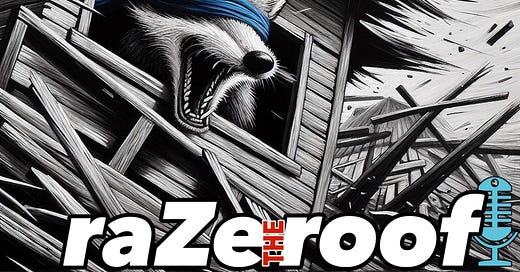Back in December 2021, I had the chance to sit down with Dr. Casey Luskin to talk about the science of human origins in William Lane Craig’s book, In Quest of the Historical Adam. Given Casey’s expertise in both the scientific and legal dimensions of the debate over evolution, I think you will find his observations insightful.
Outline of our Conversation
00:55 - Science and the Bible: A Lesson for Evangelicals
10:14 - Human Origins: Craig's Theistic Evolution
18:11 - Craig's False Dilemma: Real Alternatives to Mytho-History
25:55 - Pseudogenes & Broken Science: Craig's Miracle Mutations
33:54 - Geneological or Genetic?: Craig's Muddled Model
38:09 - The Science is Not Settled: Standing firm on Adam and Eve
46:57 - Is Craig's Book Worth Reading?: Final Thoughts
“Don’t bet on the wrong horse. Be cautious about throwing away millennia-old doctrines because you’re being told that the consensus demands you must believe that pseudogenes are “broken” genes inherited from our apelike ancestors. The consensus may say this but the evidence doesn’t.” — Casey Luskin
REFERENCES
Five Part Series on Review of Craig's In Quest of the Historical Adam by Casey Luskin
Theistic Evolution: A Scientific, Philosophical, and Theological Critique, Edited by J. P. Moreland, Stephen C. Meyer, Christopher Shaw, Ann K. Gauger, and Wayne Grudem
William Lane Craig's Two Adams (Part 1)
Because of my research over the past decade into Genesis, I’m often asked by folks to answer questions about William Lane Craig’s model of human origins detailed in his book, In Quest of the Historical Adam. Several years back, Alisa Childers invited me onto her podcast to discuss Craig’s book. Here’s a clip from our conversation.
















Share this post